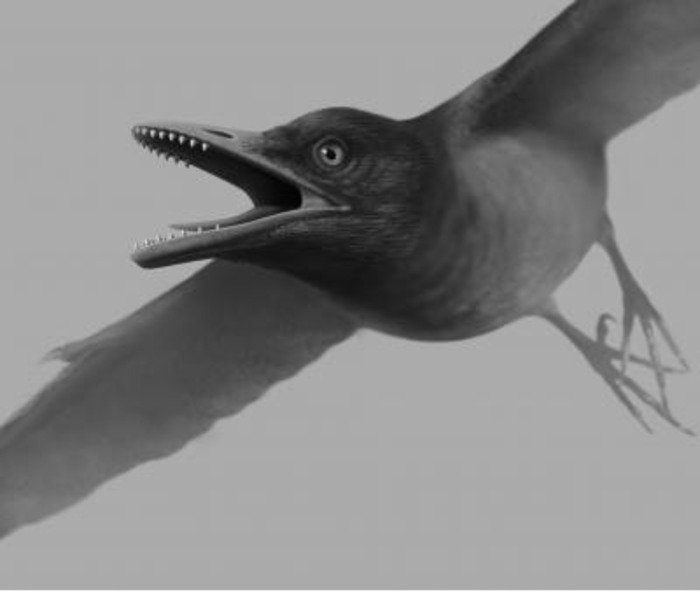DEERFIELD, Ill., Jan. 7 (UPI) -- An early ancestor of today's birds had teeth -- and not just any teeth, but ones evolved for a special diet, U.S. paleontologists say.
Writing in the Journal of Vertebrate Paleontology, researchers say a study of a species of early bird, Sulcavis geeorum, suggests it had a durophagous diet, meaning the bird's teeth were capable of eating prey with hard exoskeletons like insects or crabs.















